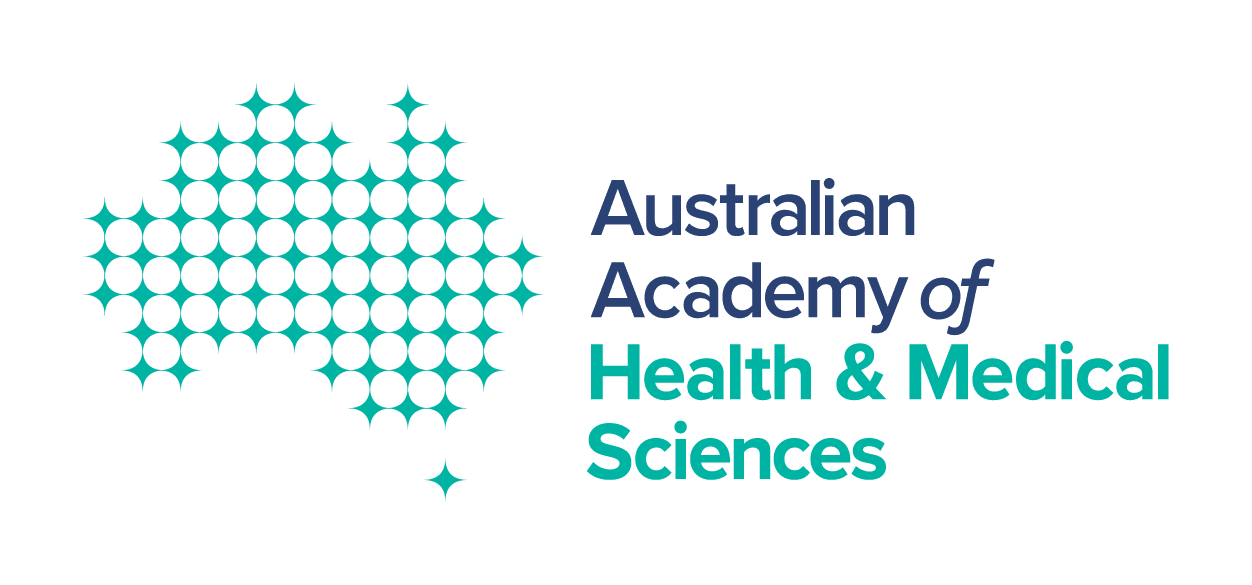The Academy supports the NHMRC’s move towards a more open access publishing environment in Australia. However, to best support researchers, there is a need for a considered approach to the way this is achieved.
The National Health and Medical Research Council (NHMRC) is consulting with the health and medical research sector on proposed changes to its Open Access Policy and Further Guidance. When introduced, the policy changes will mean that researchers need to make their articles openly accessible immediately on publication. This is a shift from the current policy which allows authors 12 months to make this happen.
The benefits of such a move are obvious – research findings will be available to the public and the whole research community, regardless of financial means. However, compulsory and immediate open access publishing is not trivial nor cheap to implement. While the Academy supports the move, we are concerned that the proposed changes to policy will have a far greater impact on the health and medical research community than has been acknowledged in this consultation. Without sufficient support mechanisms in place, there is a risk that the overarching goal to move to an immediate, fully open access environment will be undermined by a number of negative impacts on the sector.
AAHMS submission
In our submission, the Academy has proposed three areas where the NHMRC can provide support to mitigate any negative effects that the new open access policy might have on the health and medical research sector. These include:
1. Establishing a dedicated funding scheme to support the costs of publishing.
By far the greatest concern among the sector is the potential for escalating costs of publication to fall to researchers and research organisations, as there is minimal support for these costs currently provided in NHMRC grants. A dedicated funding scheme would exclusively provide financial support for researchers and research organisations to assist in implementing the new requirement for immediate open access on publication.
2. Provide clarity for Australian health and medical researchers and research organisations (eg universities and medical research institutes) by:
-
- Defining “NHMRC-funded research” in the open access policy. Most Australian researchers are part of research teams and international collaborations. If an Australian researcher is not the lead investigator, the new open access policy could leave an NHMRC-funded middle author to pay for open access on behalf of the entire international research team.
- Provide specific directions for researchers (authors) regarding how to apply the Creative Commons (CC BY) licence. Without clarity in this area of the policy, researchers (authors) may feel the only option is to choose to pay for open access, resulting in escalating costs.
- Provide tools to assist researchers to apply the policy (eg cOAlition S’s Journal Checker) – a rapid pathway for authors to identify whether their funder and journal choice is compatible.
3. Monitor the impacts of the new policy on publishing behaviour, costs associated with publishing, administrative load on researchers and equality, diversity and inclusion matters.
These factors could be informed by data already collected by NHMRC and research organisations. Monitoring impacts in these areas will assist NHMRC-funded researchers, research organisations and the NHMRC to identify any major issues as they emerge and allow for a rapid response to mitigate any negative effects.
This high-level feedback is intended to assist the NHMRC in designing how best to support the research community as we move closer to achieving a fully open access environment in Australia.
The Academy has also provided specific feedback on the consultation draft of both the policy and further guidance (via the NHMRC template).
AAHMS submission – Response to the NHMRC proposed changes to open access policy

